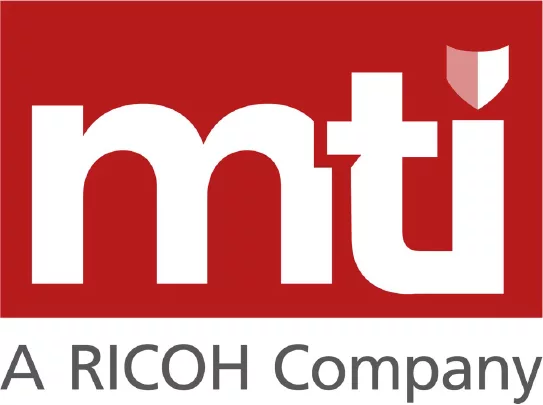Cyber-attacks are designed to destroy, steal or otherwise compromise your valuable data – including your backups. Protecting your critical data and recovering it with assured integrity is key to resuming normal business operations post-attack.
Help your organisation migrate to modern data management with these 5 must-haves for your next enterprise backup solution.
1. Streamline backup operations with a hyperconverged architecture
Legacy backup tools are often complex to manage and require upgrades that are both expensive and disruptive. Relying on multiple vendors and their contrasting user interfaces makes it difficult to get a clear, unified view of your backup infrastructure and nearly impossible to efficiently manage all your data that lives on-premise, in the cloud or at the edge.
A hyperconverged backup and recovery solution can consolidate and update the capabilities of all of your point products into a single platform that is managed through an easy-to-use, modern user interface. Ensure your hyperconverged solution offers:
-
- A platform that is easy to operate
-
- A true scale-out architecture without limitations
-
- A comprehensive set of workloads including virtual, physical, cloud-native and SaaS applications, traditional and modern databases, and storage.
2. Ensure business continuity with instant recovery of your backups
In today’s complex IT environments, downtime is unavoidable, but the speed in which you recover from downtime is crucial to mitigate risks to your reputation and to your bottom line. Older backup products, and even some newer ones, are often only capable of handling the quick recovery of a few virtual machines at a time.
This is mainly because many backup solutions rely on performing complex data stitching or re-hydration across multiple backup copies to present data for recovery. This, combined with mass data fragmentation caused by legacy systems and multiple locations, can significantly slow recovery and in some instances can take hours if not days.
A modern backup solution can recover hundreds of virtual machines or other data sets in minutes for rapid recovery and minimal disruption to your business continuity. Look for a backup solution that maintains an unlimited number of fully hydrated backup copies, enables global search across workloads and locations and provides instant mass recovery.
3. Simplify operations and reduce OpEx with a cloud-native solution
In recent years, hybrid cloud adoption has become the new enterprise normal, yet many IT teams are finding backing up and archiving enterprise data in public clouds with legacy backup solutions a challenge.
Many legacy solutions were introduced well before public clouds, so they are not designed or architected with cloud in mind. To overcome these issues, they require bolt-on gateways which are expensive to deploy and manage.
Modern backup solutions are cloud-native to simplify the backup of data and applications in the cloud, such as Amazon Web Services, Microsoft Azure and Google Cloud. This takes advantage of the scalability and cost efficiencies that the cloud can offer.
When sourcing a modern backup solution, look for one that is designed with a native S3 interface, policy-based data mobility that limits cloud egress charges and provides global dedupe across the public cloud for the best storage efficiency.
4. Defend your backup data and your business from ransomware
Backup and recovery solutions are designed to protect your organisation and keep your data secure, but sophisticated ransomware attacks are now leaving backups vulnerable to being compromised. As cyber criminals focus their attacks on backups, it is imperative that your organisation safeguards its data with a modern backup solution that has built-in capabilities that prevent backups from becoming targets.
A robust data management system can defend against intruders and helps organisations instantly recover without having to make a ransomware payment.
Look for a backup solution that reduces your attack surface with an immutable file system and proactively monitors and analyses backup data for anomalies in real-time.
5. Exceed backup data compliance requirements
Government and industry compliance from GDPR to PCI and HIPAA are becoming more stringent but they shouldn’t interfere with business agility. Modern data management solutions allow you to run applications directly on all your data for deep visibility and to avoid dark data that is hard to uncover, share and secure.
Such data management solutions can help you search data quickly to locate and access data across environments and they can help you quickly locate personal information such as credit card numbers to help make compliance and audit tasks easier.
Next Steps
Sophisticated and focused attacks, which target backup data and infrastructure, are becoming an increasing threat to enterprises around the world. Compromised businesses face severe financial loss, customer distrust and in the case of healthcare, risk to human life.
Protecting your critical data and recovering it with assured integrity is key to resuming normal business operations post-attack. When did you last review your backup environment?
MTI and Dell Technologies have designed a series of questions on an online questionnaire to review your backup environment and assess compliance to the NCSC guidelines. The outcome of the assessment is a report indicating the status of your backup environment in green, amber or red with advice on how to fix issues that were identified.
Don’t wait until it’s too late. Reach out to MTI today to book your assessment and safeguard your business against sophisticated cyber threats.

